The Forum on the Practical Achievements of the Construction of Model Villages in Aesthetics Education and Research Experts in Zhejiang Province is Held at ZJAM
pubdate: 2023/12/1 author: zjam source: zjam click:
Recently, the forum on the practical achievements of the construction of model villages in aesthetics education and research experts in Zhejiang Province has been held at ZJAM. It was organized by ZJAM under the guidance of Zhejiang Provincial Department of Culture Radio, Television and Tourism.
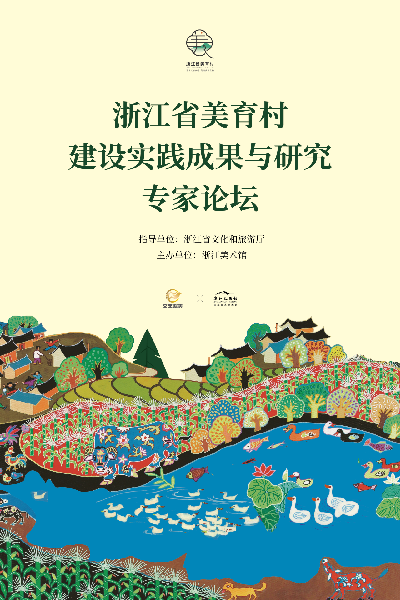
More than ten experts and scholars attended the forum online or offline, including Gu Yikang, member of the Expert Advisory Committee of the Zhejiang Provincial Party Committee for High-quality Development and Construction of Common Prosperity Demonstration Areas and chief expert of Zhejiang Institute of Rural Revitalization; Hu Jian, counselor and member of the Advisory Committee of Zhejiang Provincial People’s Government; Xu Yunsong, professor of Tourism College of Zhejiang China and deputy secretary-general of Zhejiang Merchants Research Center; Mao Jianbo, professor of China Academy of Art (CAA) and president of Hangzhou Huang Binhong Academic Research Association; Zhou Shaoxiong, professor of Hangzhou Normal University and president of the Regional Culture and Economic Research Institute; Li Mei, professor of CAA and director of Shenzhen Zhemei Art Education Research Institute; Chen Yongyi, professor of CAA and director of Pan Tianshou Memorial Museum; Wang Qiquan, professor of CAA and enlisted expert for national/Zhejiang provincial intangible cultural heritage protection; Hu Jun, associate professor of Hangzhou Normal University and dean of the Artography Institute, and Zhang Hailong, writer, documentary planner and copywriter. The forum also attracted the team members of ZJAM’s Model Village in Aesthetics Education Project and relevant media to participate. It was moderated by Du Qun, secretary of the General Party Branch, deputy curator and research fellow of ZJAM.
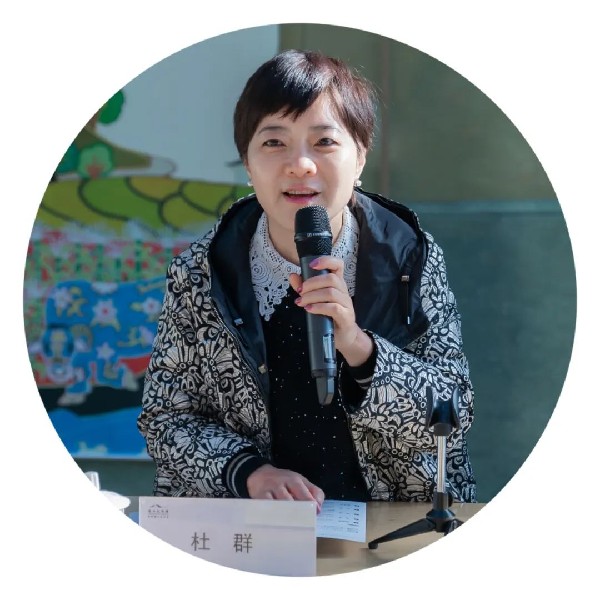
Du Qun, secretary of the General Party Branch, deputy curator and research fellow of ZJAM
In her speech, Du Qun said that as an important part of “the Campaign of Spreading Art to All Walks of Society”, the construction of model villages in aesthetics education in Zhejiang Province has recently been included by the Ministry of Culture and Tourism as one of the six typical practices of Zhejiang Culture and Tourism in supporting high-quality development and the construction of common prosperity demonstration areas, and it not only promotes the development of local cultural and tourist economy, but also improves the villagers’ living quality and sense of well-being. Du Qun hoped to join hands with the government, universities, industries and other social sectors to truly light up villages through aesthetics education in the next step.
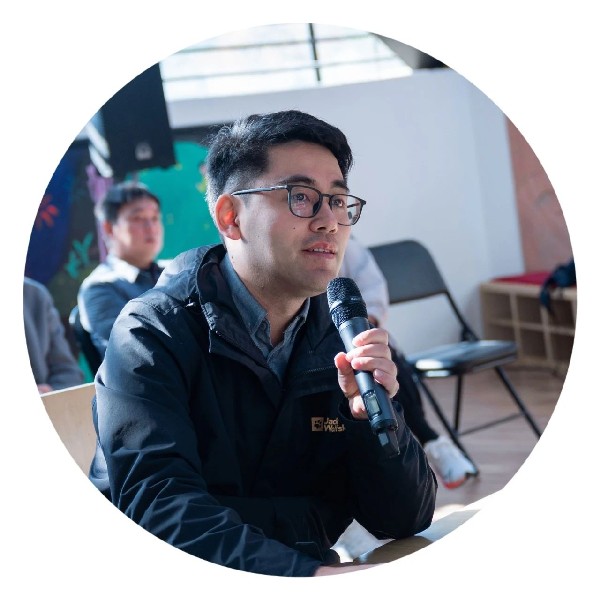
Hu Chao, director of the Public Expansion Department of ZJAM
At the beginning of the forum, Hu Chao introduced the second batch of 13 recommended model villages in aesthetics education in Zhejiang Province in 2023 and the basic information about the construction of these villages. Experts and scholars shared and communicated their views in view of their own research background, focusing on the theme of “Empowering Villages with Art and Aesthetic Education for Common Prosperity”.
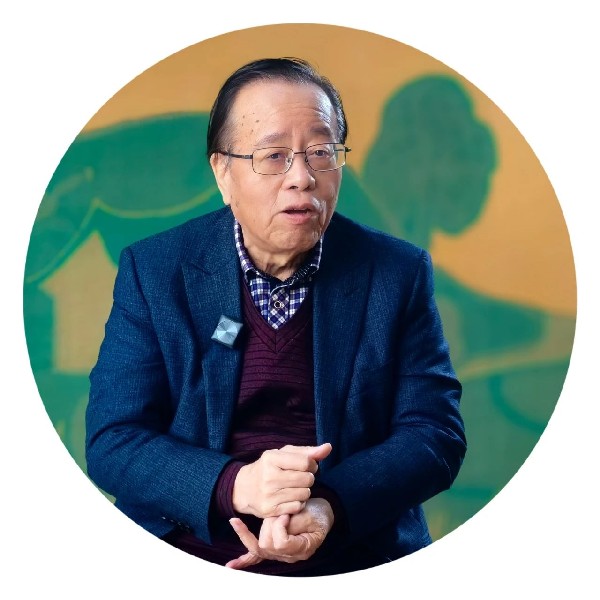
Gu Yikang, member of the Expert Advisory Committee of the Zhejiang Provincial Party Committee for High-quality Development and Construction of Common Prosperity Demonstration Areas and chief expert of Zhejiang Institute of Rural Revitalization
Rural revitalization is the prerequisite for national rejuvenation. Rural revitalization depends on the revitalization of culture and art, and the initiative to empower rural construction with aesthetics education is particularly meaningful as it can be a significant highlight of rural revitalization and important innovation in leveraging the power of culture to promote and enhance the “Thousand Village Demonstration and Ten Thousand Village Renovation Project”. The construction of model villages in aesthetics education should seize the momentum and progress under concerted efforts.
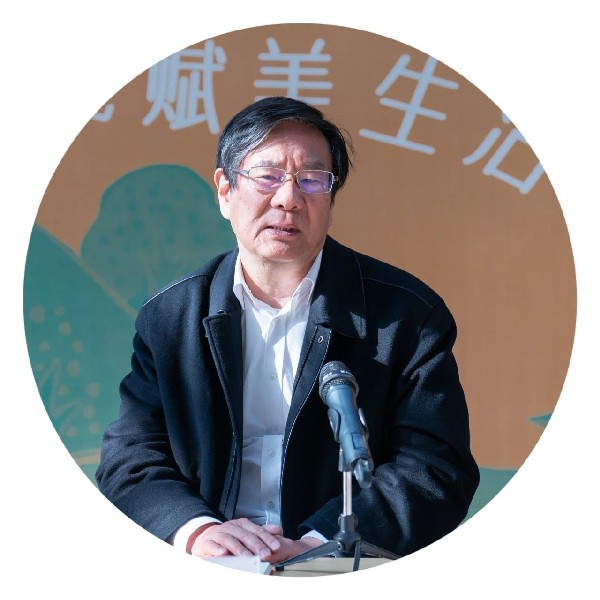
Hu Jian, counselor and member of the Advisory Committee of Zhejiang Provincial People’s Government
Having been implemented for 20 years, the “Thousand Village Demonstration and Ten Thousand Village Renovation Project” now ushers in the new stage of aesthetics education empowerment. Zhejiang leads the country in rural aesthetics education, which has five important implications: improving the artistic taste in the countryside, enriching the lives of farmers, enhancing the aesthetic cultivation of villagers, promoting the integration of culture and tourism, and exploring the paths of development. He put forward five recommendations on the construction of model villages in aesthetics education: studying rural aesthetics; strengthening the demonstration effect; reinforcing the publicity and promotion; expanding the space for aesthetics education; improving the work team.
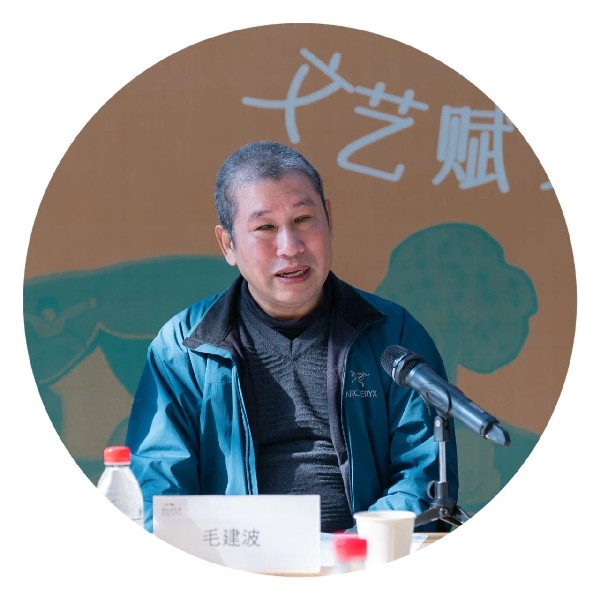
Mao Jianbo, professor of China Academy of Art (CAA) and president of Hangzhou Huang Binhong Academic Research Association
Rural aesthetics education is restricted by shortage of manpower. In order to change and upgrade the current “blood transfusion” mode of sending art to the countryside into the independent “blood generation” mode, the key is to enhancing the art literacy of rural cadres. To this end, art museums, colleges and universities, and other social forces can be mobilized to help rural cadres improve their aesthetic ability by organizing training sessions and experience exchanges around the construction of model villages in aesthetics education. Care must be taken to prevent monotony in the construction of model villages in aesthetics education.
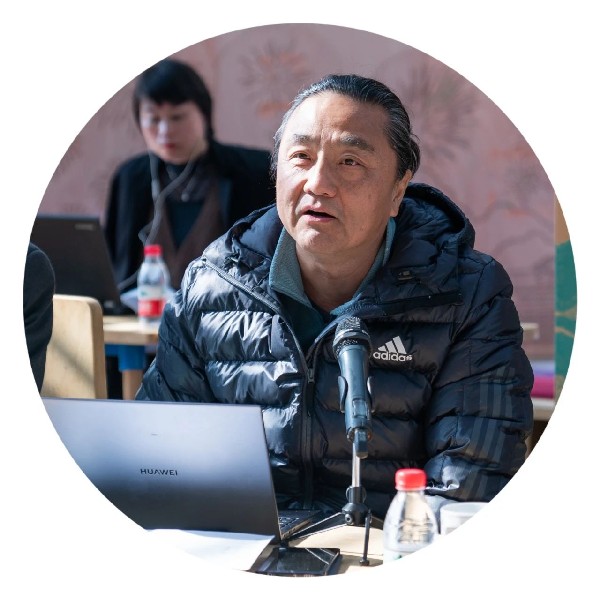
Hu Jun, associate professor of Hangzhou Normal University and dean of the Artography Institute
Aesthetics education is not about the one-way transmission of aesthetics from top to bottom, but it should be an artistic way of social interaction instead. Rural aesthetics education should remain dynamic, creative and vibrant. Starting from the successful practice of cross-generation aesthetics education experiments in rural areas, attempts should be made to explore new development modes of rural aesthetics education under the principles of “village autonomy, self-motive of villagers, and urban-rural interaction”.
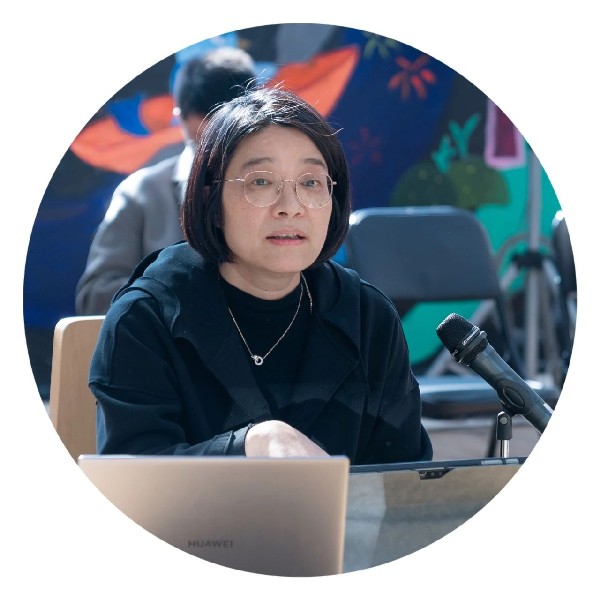
Chen Yongyi, professor of CAA and director of Pan Tianshou Memorial Museum
From the perspective of the construction of model villages in aesthetics education and social governance, combined with the “embeddedness theory” in economics, Professor Chen proposed that the construction of model villages in aesthetics education can be a channel to “embed” and “redirect” manpower, capital, ecology and other factors to the social relations in the countryside, thereby supporting the construction of the contemporary social governance system in rural areas and the “harmonious and beautiful countryside”.
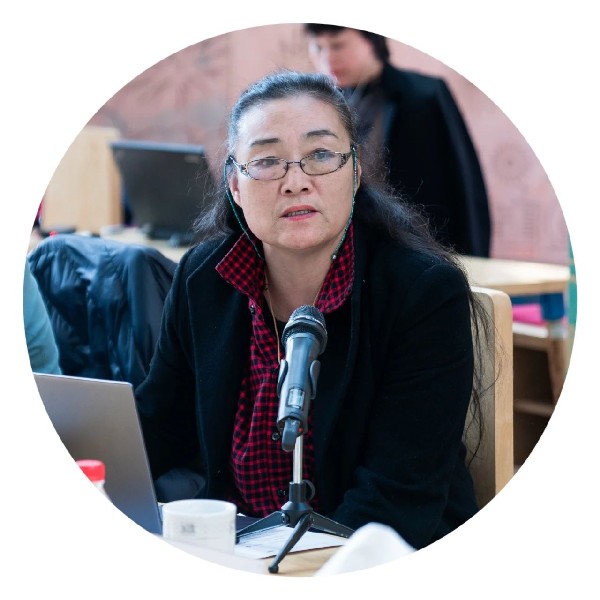
Li Mei, professor of CAA and director of Shenzhen Zhemei Art Education Research Institute
Based on the social aesthetics education practice under the mode of “art education +”, the model villages in aesthetics education project in Zhejiang Province should integrate multidisciplinary resource advantages, actively reach out for the countryside, and attach importance to “locality” in the process of empowering rural revitalization with aesthetics education. The suggestion is to take the approach of “art education + volunteer services + rural aesthetics education” to identify problems, find out the demand and come up with ideas to help villages implement governance in such aspects as ecology, industry, branding and human settlements.
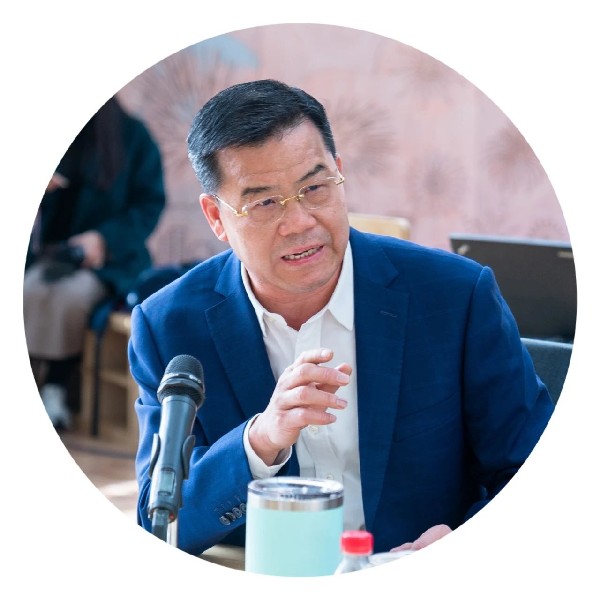
Xu Yunsong, professor of Tourism College of Zhejiang China and deputy secretary-general of Zhejiang Merchants Research Center
To well control the construction of model villages in aesthetics education, it is important to clarify three relationships. The first relationship is the one between the connotation and extension of aesthetics education. We should fully find out and further expand the connotation of rural aesthetics education in human spirit, culture, industry, etc. The second relationship is the one between “excavation” and “implantation”. We should pay attention to the relationship between locality and implantation. The third relationship is the one between model villages in aesthetics education and tourist villages. The construction of model villages in aesthetics education should be associated with tourism and focus on rare, thematic and experiential tourist resources.
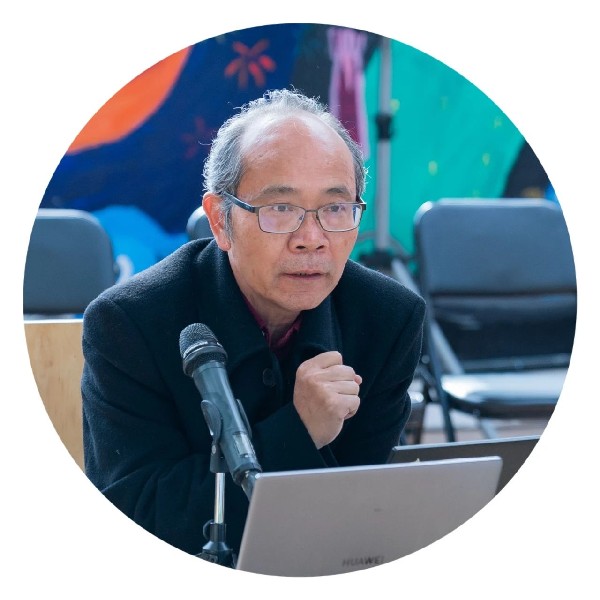
Zhou Shaoxiong, professor of Hangzhou Normal University and president of the Regional Culture and Economic Research Institute
The construction of model villages in aesthetics education in Zhejiang can be described as being “grassroots, down-to-earth, continuous and guideline-oriented”. It is remarkably effective in “creating new life, shaping new features, and building new channels”. However, it also struggles with problems such as “weak impetus, lack of agglomeration forces, and low growth capacity”. The suggestions for the next step are “upgrading, integration into the big picture, focus on the goals of prosperity and affluence, alliance formation, innovative mechanism, physical operation, top-level design, and brand recommendation”.
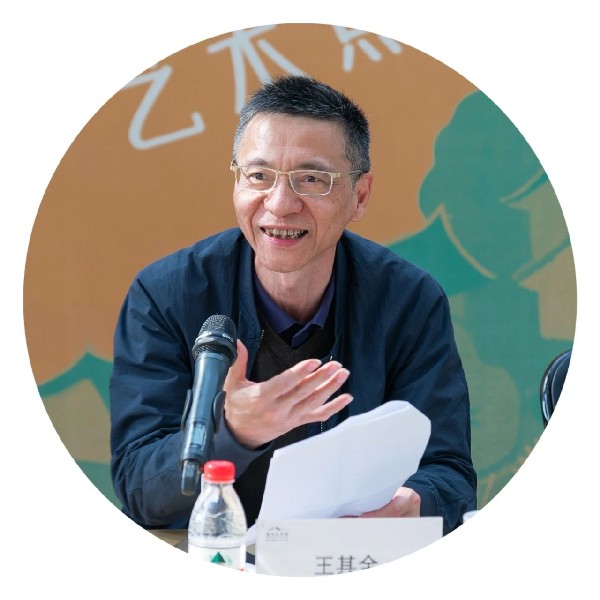
Wang Qiquan, professor of CAA and enlisted expert for national/Zhejiang provincial intangible cultural heritage protection
The construction of model villages in aesthetics education has created a favourable cultural ecology of educating people with culture and aesthetics and shows the characteristics of systematic and normalized aesthetics education activities, diversified operation mechanisms, and diverse contents of aesthetics education activities. The proposed measures for improvement include expanding the audience groups, enriching the educational forms, improving the operation mechanisms, and formulating basic norms.
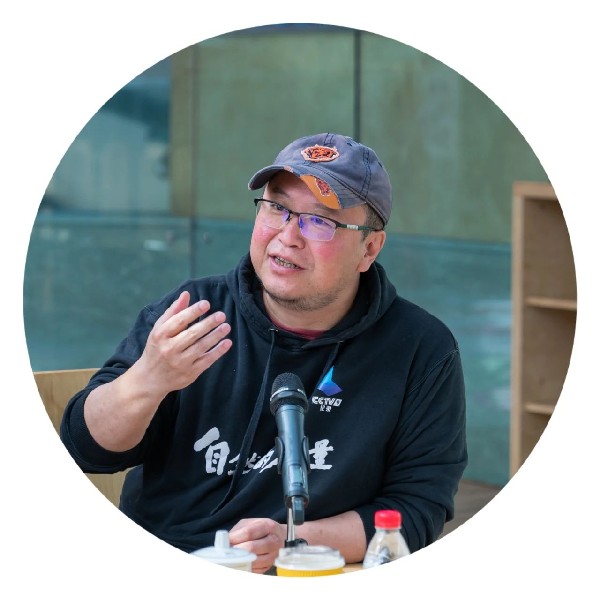
Zhang Hailong, writer, documentary planner and copywriter
By learning from the aesthetics education practices of Liangzhu Culture Village and Dufu Village, Zhang Hailong proposed that rural aesthetics education should focus on poetry and painting education. For example, the public welfare project “Meeting between Nobody and Masters” launched by ZJAM widely mobilizes artists, painters, calligraphers, and photographers to bring art works in rural fields, farmlands and corners of walls. The aesthetics education nourishes the villages in this silent way.
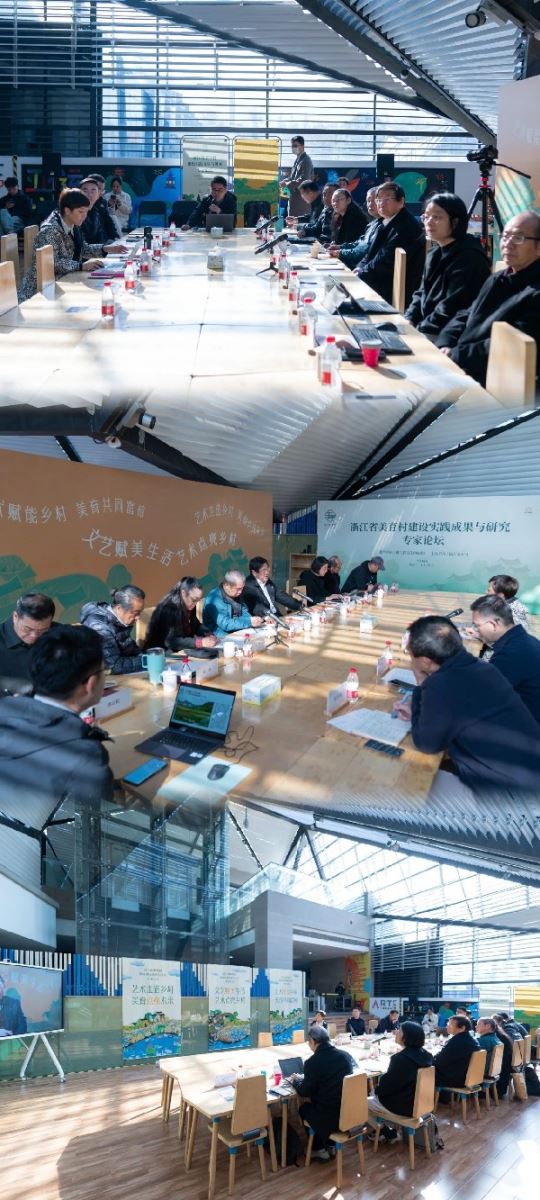
At the expert forum
This forum focused on academic issues such as the status quo, problems and future development direction of the construction of model villages in aesthetics education in Zhejiang Province. Experts and scholars faced up to the status quo of the construction of model villages in aesthetics education in Zhejiang Province, analyzed the reasons, and put forward many reasonable suggestions, which will further promote the quality and level of the construction of model villages in aesthetics education in Zhejiang Province and make a greater contribution to inheriting and carrying forward the excellent Chinese culture and to promoting rural revitalization
 Tel: 0571-87078700 | Site Service:0571-87078700
Tel: 0571-87078700 | Site Service:0571-87078700 Address: NO.138 Nanshan Road Hangzhou Zhejiang
Address: NO.138 Nanshan Road Hangzhou Zhejiang Opening: Tuesday to Sunday 9:00am-5:00pm, Closed Mondays
Opening: Tuesday to Sunday 9:00am-5:00pm, Closed Mondays



















